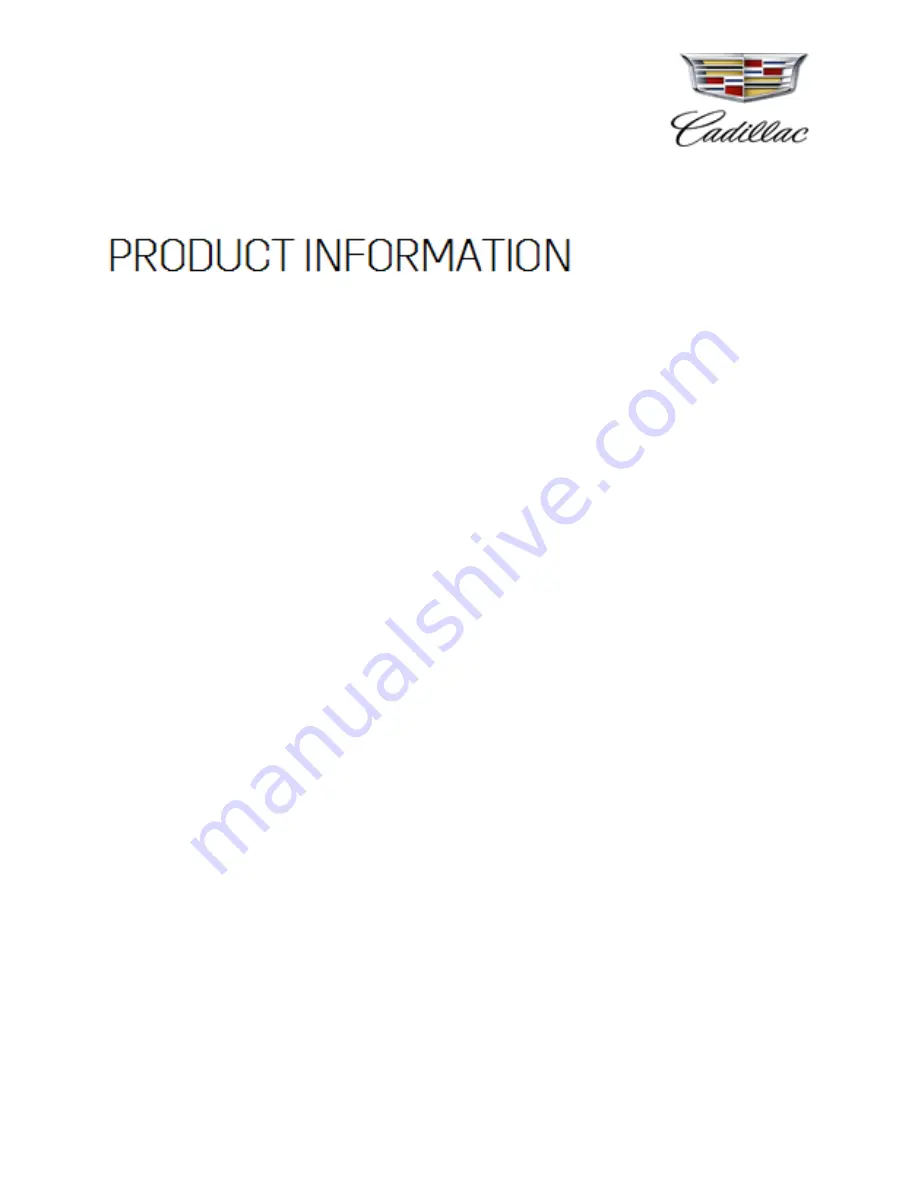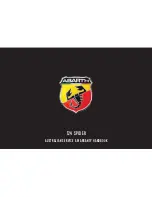
•
Turbochargers with low-inertia titanium-aluminide turbines and vacuum-actuated
wastegates for more responsive torque production
•
Compressors matched for peak efficiency at peak power levels, for optimal track
performance
•
Patent-pending low-volume charge-cooling system that optimizes packaging efficiency
and maximizes boost pressure
•
Lightweight titanium connecting rods that reduce inertia of the rotating assembly,
complementing the quick-spooling turbochargers
•
A high-performance lubrication system designed to maintain optimal oil pressure and
ventilation during high-lateral driving maneuvers typically encountered on a track.
The twin, low-inertia turbochargers’ featherweight titanium-aluminide turbines are used with
vacuum-actuated wastegate control for precise, responsive torque production. In fact, the
titanium-aluminide turbines reduce rotating inertial load by 51 percent, compared to
conventional Inconel turbine wheels. That means less exhaust energy – which spins the turbines
– is wasted in stored inertial loads.
In practical terms, that means the relatively small size of the turbochargers and their lightweight
turbines foster more immediate “spooling,” which virtually eliminates lag, for an immediate
feeling of power delivery. They produce up to 18 pounds of boost (125 kPa).
Unique vacuum-actuated wastegates – one per turbocharger – are used with the Twin Turbo for
better management of the engine’s boost pressure and subsequent torque response for
smoother, more consistent performance. They are independently controlled on each engine
bank to balance the compressors’ output to achieve more precise boost pressure response.
The Cadillac Twin Turbo’s patented, manifold-integrated water-to-air charge cooling system
also contributes to more immediate torque response, because the compressors blow through
very short pipes up to the intercooler. With no circuitous heat-exchanger tubing, there is
essentially no lag with the response of the turbochargers. In fact, airflow routing volume is
reduced by 60 percent when compared with a conventional design that features a remotely
mounted heat exchanger.
Additionally, unique cylinder heads feature a high-tumble intake port design that enhances the
motion of the air charge for a more efficient burn when it is mixed with the direct-injected fuel
and ignited in the combustion chamber. The topology of the pistons, which feature centrally
located dishes to direct the fuel spray from the injectors, is an integral design element of the
chamber design, as the piston heads become part of the combustion chamber with direct
injection.






























